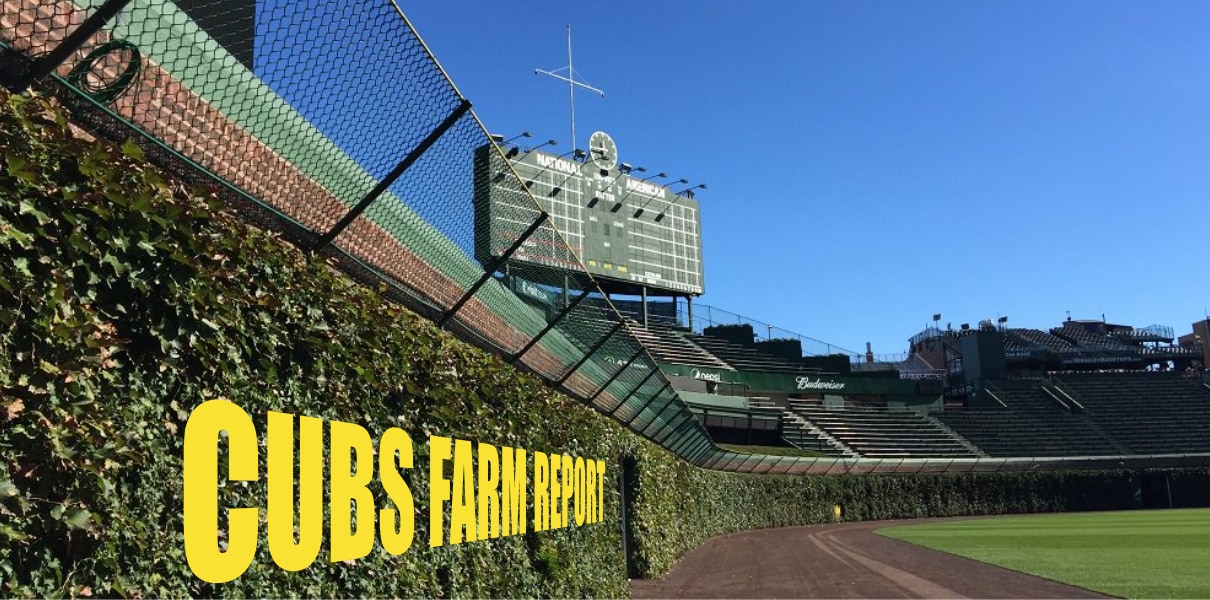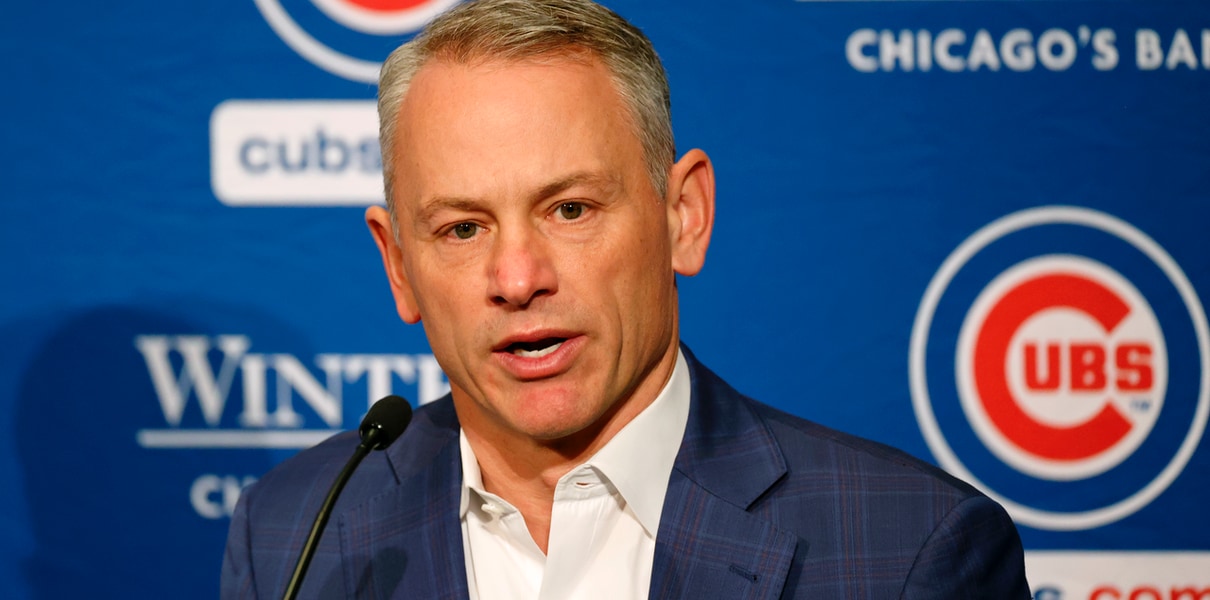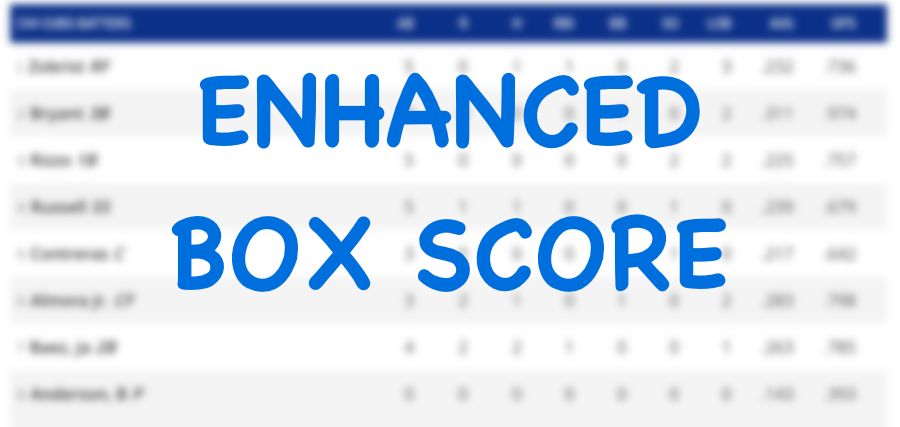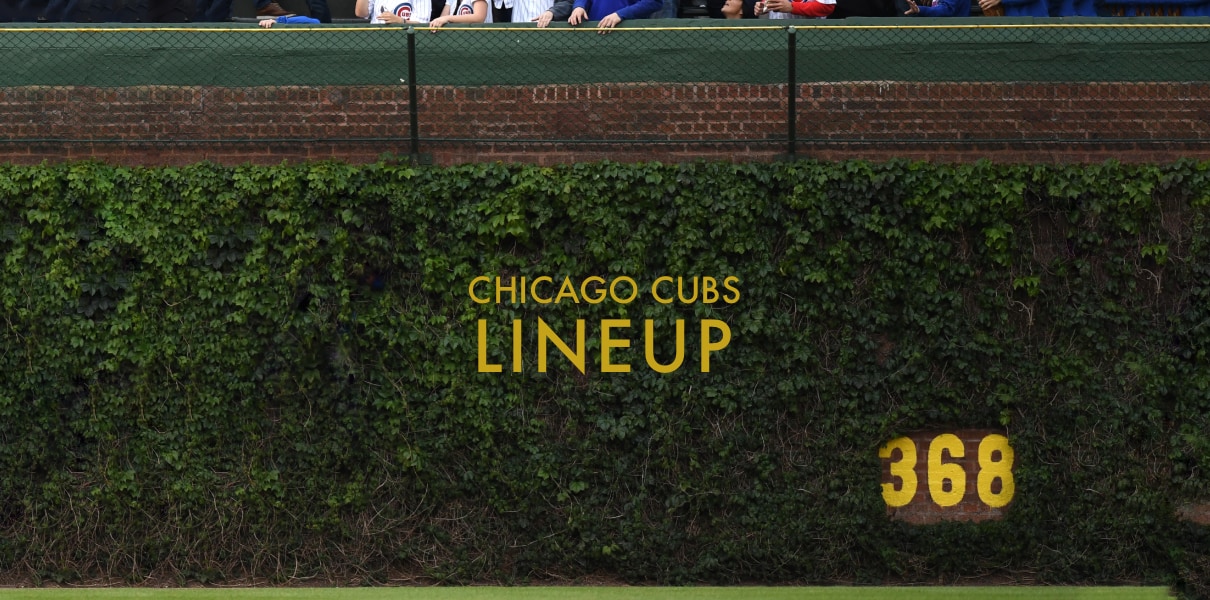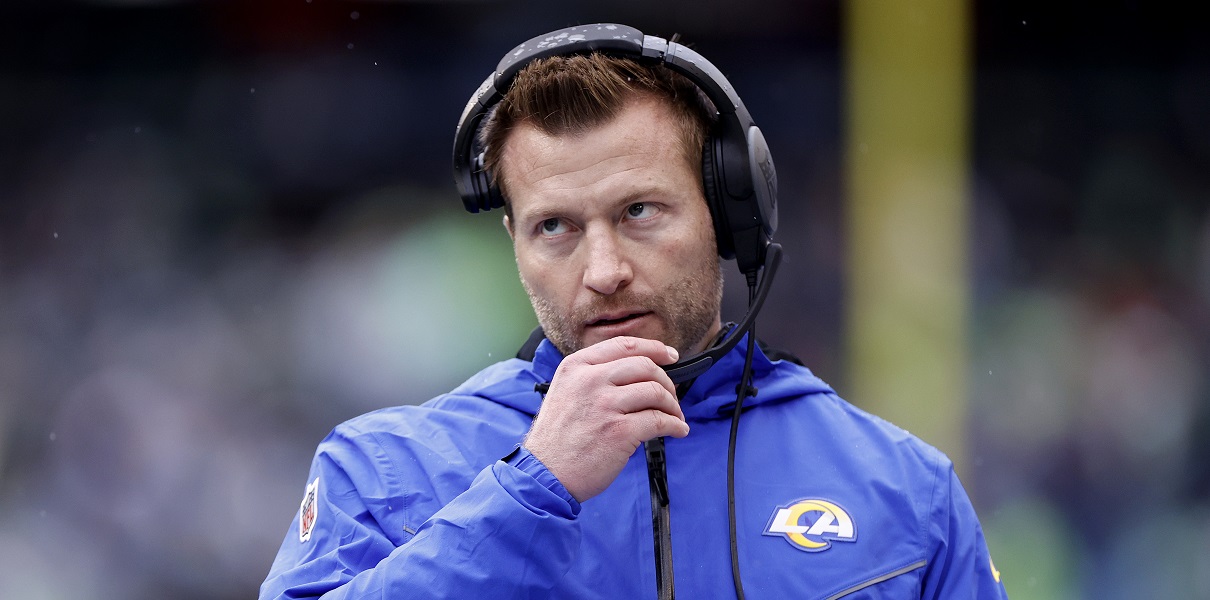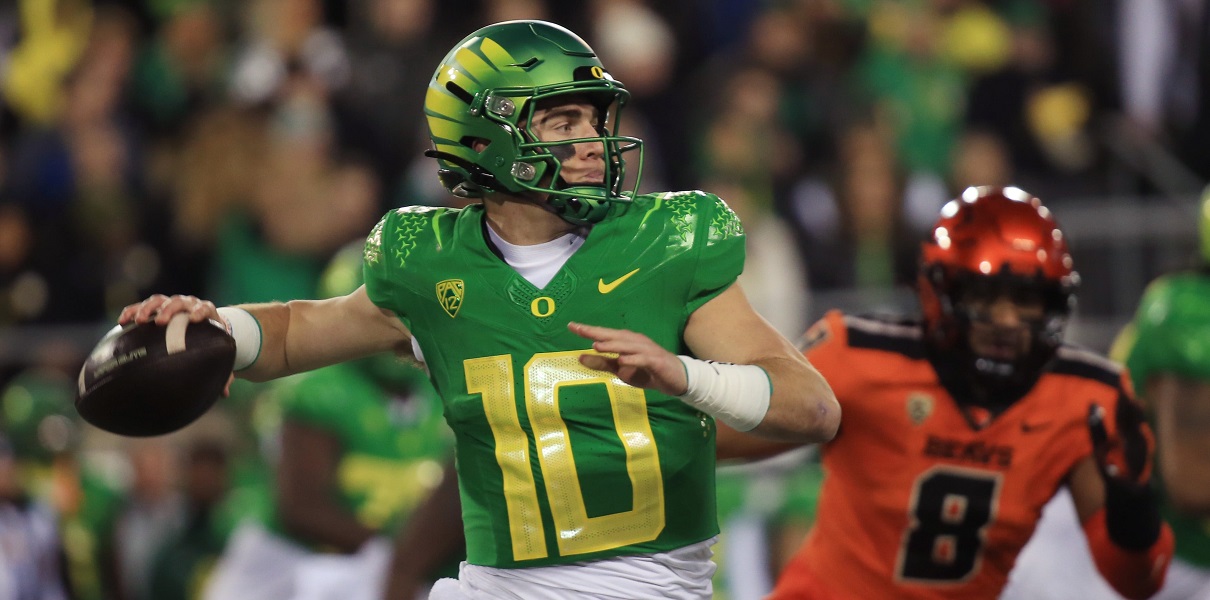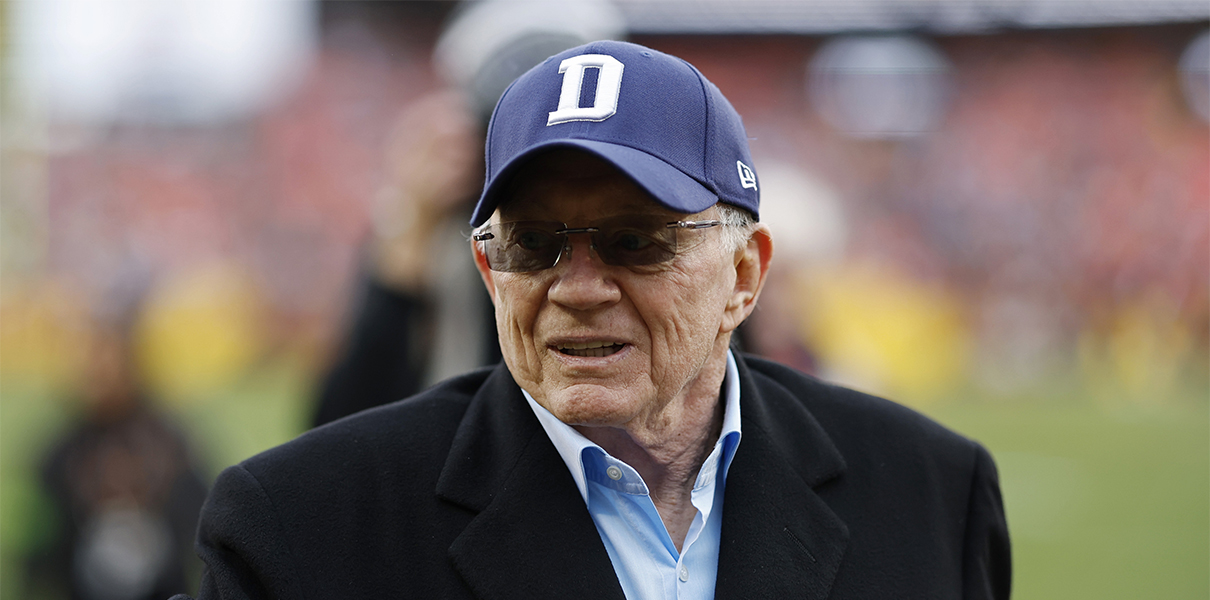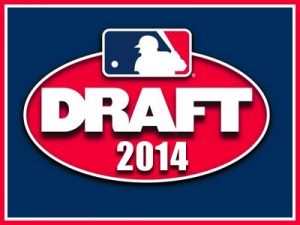
The 2014 MLB Draft starts tomorrow, and there are some mechanical aspects of the signing process that impact the way the draft selection process will play out.
With the passage of the CBA before the 2012 season, everything you knew about draft strategy and protocol changed completely. Fortunately, we’re now a few years into the system, so you probably have the gist of the new system in your mind. To the extent you don’t know what I’m talking about – bonus pools, and slots, and penalties, and what-have-you – a good starting point is a primer I wrote a couple years ago. But, in case you don’t want the in-depth look and just want to know the gist, I’ll lay it out here, as well.
The Bonus Pool
Teams are assigned a “pool” of dollars that they can use to sign players selected within the first 10 rounds of the Draft. The pool is based on the “slot” value of each of the team’s picks (each pick in the Draft is given a certain value, and each of a team’s picks’ values are added up to determine the pool amount).
The Cubs’ bonus pool this year is $8,352,200.
The Slot Values
The slot values for the first ten picks are as follows:
1. Houston Astros – $7,922,100
2. Miami Marlins – $6,821,800
3. Chicago White Sox – $5,721,500
4. Chicago Cubs – $4,621,200
5. Minnesota Twins – $3,851,000
6. Seattle Mariners – $3,575,900
7. Philadelphia Phillies – $3,300,900
8. Colorado Rockies – $3,190,800
9. Toronto Blue Jays – $3,080,800
10. New York Mets – $2,970,800
As you can see, it’s a very swift decline after the top four picks, which could assist those teams at the top in leveraging some dollars they save “under slot” on their top pick to sign “over slot” types later in the Draft.
The slot value for the Cubs’ second round pick is $1,254,000, the third round pick is $714,000, and the fourth round pick is $480, 600. By the 10th round, that figure has slid down to $141,000.
The Penalties
Those bonus pools and slot values matter because if a team exceeds its bonus pool, it is subject to penalties. And note, if a team fails to sign a player, the slot value from that pick is removed from the bonus pool. This is why you’ll see teams heavily taking college seniors in the 6 to 10 round range: the team can sign those players for $10,000, and “save” money to be applied elsewhere in the Draft.
Also note that picks after the 10th round have no slot value (and you don’t lose any bonus pool money for failing to sign them), but any amount given to them in excess of $100,000 counts against the bonus pool.
Any team that exceeds its pool by 0 to 5% must pay a 75% tax on the amount of the overage. Any team that exceeds its pool by more than 5% but less than 10% must pay a 75% tax on the amount of the overage AND loses a first round draft pick next year. Any team that exceeds its pool by more than 10% but less than 15% must pay a 100% tax on the amount of the overage AND loses a first round draft pick next year AND loses a second round draft pick next year. Any team that exceeds its pool by more than 15% must pay a 100% tax on the amount of the overage AND lose a first round draft pick in each of the next TWO drafts.
Given that penalty structure, it was unsurprising to see the Cubs gladly exceed their pool the last two years, but by an amount less than 5% over the pool. Assuming they’re willing to pay the tax again this year (they will be), you can think of the Cubs’ bonus pool as closer to $8,769,810 rather than $8,352,200.
The deadline for selected players to sign is July 18.






